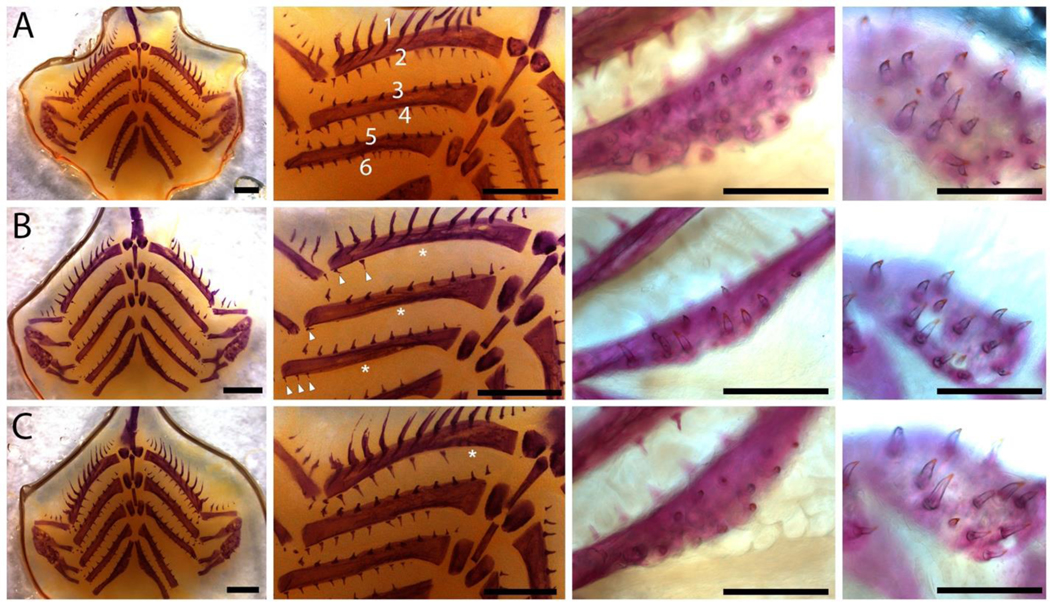Figure 7. Branchial skeleton phenotypes in sticklebacks homozygous for induced EDA CRISPR mutations.
A. (left to right) flat-mounted branchial skeleton, zoomed view of gill rakers, ventral pharyngeal tooth plate, and large dorsal pharyngeal tooth plate in wild-type sibling. In the two left-most columns, anterior is the top; in the two right-most columns, anterior is to the left. Wild-type fish have both anterior facing gill rakers (odd rows) and posterior facing gill rakers (even rows) B. Fish homozygous for two-bp deletion display severe reductions in posterior facing gill rakers (white asterisks), as well as reduced tooth plate size and tooth number C. Fish trans-heterozygous for a two-bp and a 75-bp deletion display more moderate reductions in posterior facing gill rakers (e.g. missing medial row 2 gill rakers labeled with white asterisk), as well as reduced tooth plate size and tooth numbers. Scale bars: left two columns 1 mm, right two columns 0.5 mm.

